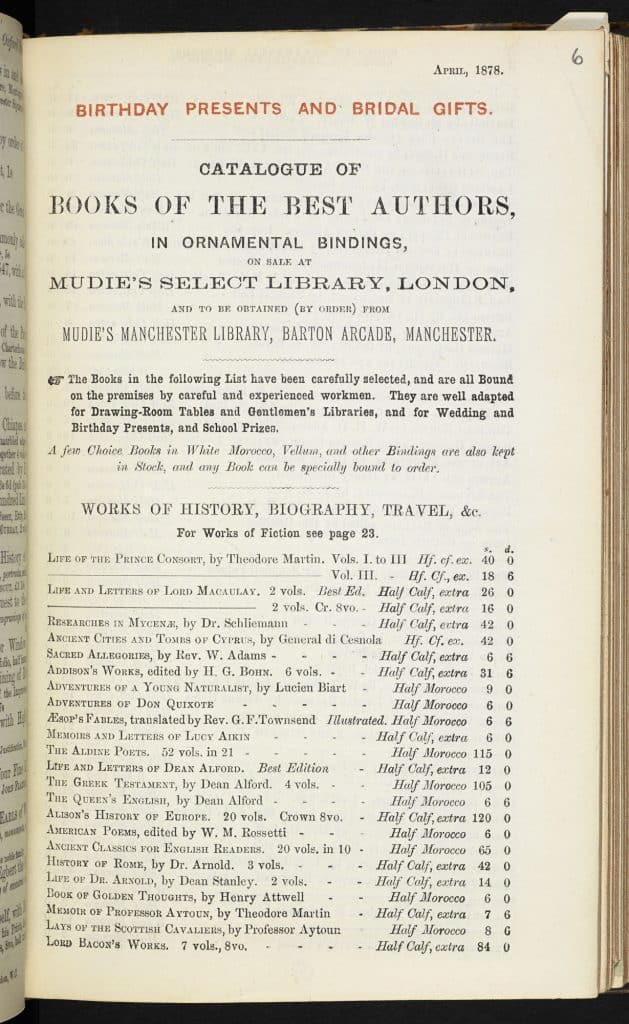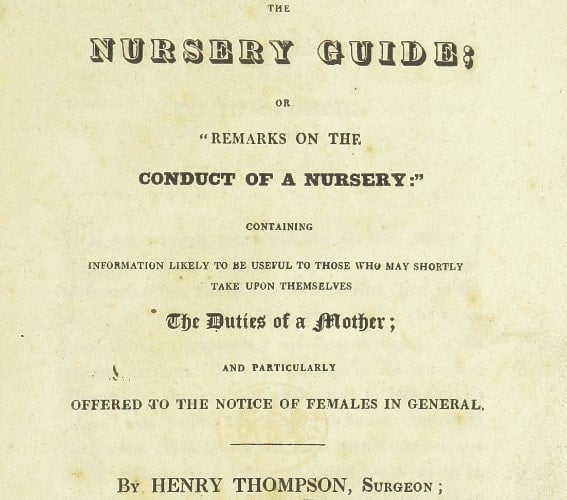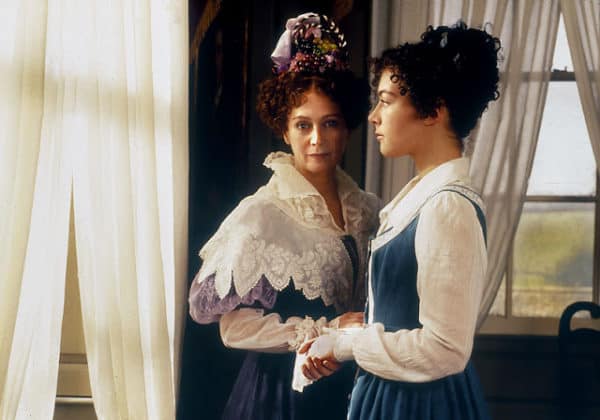Welcome to Undefining Motherhood. You can learn more about me on the About page, the topic on the Why Undefining? page, as well as following content here. For the next month, I’ll publish 1 weekly post in a 4-part introductory series. Through these posts, you’ll learn about me, my history, my goals, and why the heck I think motherhood is something that can, or should, be undefined. You’ll also learn that, while this is, if I must categorize it, a mom blog, in many ways, it’s not actually about motherhood at all. It’s about social norms, defined ideals, and how we’re all constantly told how to act, feel, think, and do.
Background
When I was a Master’s student searching for a thesis topic, I fell in love with a novel by Elizabeth Gaskell. Wives and Daughters (I recommend the Oxford edition or audiobook) was first published in serial form in Cornhill Magazine in England from 1864-1866. It’s a lot like how we watch non-Netflix TV; we watch an episode, then wait a week for the next one. This is how people read fiction in Victorian England; the entertainment was similar, but the medium was different. These stories were, among many other mediums, the ways in which social expectations were disseminated–some characters told people, especially women, how to behave, while others demonstrated how not to.
Wives and Daughters tells the story of Molly Gibson, a young girl whose father remarries so she can have maternal guidance, but her stepmother turns out to be wretched. Molly, in many ways, follows all the social norms (though it’s most fun to find the places where she doesn’t). Her stepmother, on the other hand, is presented as a prime example of what not to do as a woman or mother. I wanted to study this book, so rather nonchalantly, I said that I wanted to write about “mothers and daughters in Victorian literature.” I hadn’t really considered that the characters I was so interested in were not, by biological definition, actually mother and daughter, and I couldn’t have imagined the rabbit hole into which I was about to begin digging.
Victorian literature? How is this relevant?
A lot of big things happened during the Victorian period, a whopping 64 years of development, change, imperialism, literature, life. The one thing that matters most for understanding how the Undefining Motherhood project came about: a moment in history that we now call the Industrial Revolution.
With the Industrial Revolution came abundantly reduced costs for printing and distributing print material and, in turn, a massive rise in literacy rates. Books, magazines, newspapers, medical pamphlets, religious tracts: print publications proliferated in numbers never seen before.

But among all of this material—and this is what really matters for my interests—were these little things called conduct manuals.
Conduct manuals. Sounds fun, right?
These books propogated social norms, expectations, prescriptions. They told women how to behave, tend to their homes, be good wives, dress, do their hair, care for their children, and more. Suddenly, during this unique period in history, there were all these people (mostly, but not all, men) writing specific prescriptions for how women should—and should not—live their lives. And my research suggested that some of the most intense scrutiny was upon mothers.

I’ll talk more about all of this in later posts, but there’s a major point I want to get to today.
This sounds a hell of a lot like today.
With the internet boom of recent decades, and with multiple televisions in every house, we’re bombarded with media telling us how to mother, how not to mother, that we should want to mother, and what it means to be a mother at all. Mommy cliques develop–babywearing moms have special calls to other moms using similar products in public, formula moms feel shamed by breastfeeding moms, and breastfeeding moms often feel their hard work in continuing to surrender their bodies to their child is more scorned than appreciated. Similac tried to tap into this chasm for marketing purposes with an ad that, while attempting to unify mothers, simultaneously highlights the many ways in which each maternal decision feels like a Catch 22–there’s really no way to win.
There are so many culprits in our world right now. Pop culture, print culture, social media, and drop the mic . . . mommy blogs. (So yes, I am fully aware of the irony of starting a mom blog that critiques structures like mom blogs).
That’s what this project is about. Undefining Motherhood is not a how-to/how-not-to site. It investigates norms – past and present, real and fictional, and questions where they came from, who created them, for what purpose, and why we feel so constantly bogged down by them.
It’s the path of looking for ways in which we’re told how to mother, or how not to mother, or that we have to mother at all. It’s the path of finding the people and mediums that perpetuate these ideas and questioning their motives. It’s a process of trying to figure out how much of what we know about being mothers are really our own ideas at all. And, I suspect, it’s not really even about motherhood, but about social norms, why we’re expected to behave specific ways, learning to trust ourselves instead of everyone else, and being a woman in a world with a history of defining what that means for us.









Excited to follow your new adventure!! Interesting read, already! 🙂
Thanks! It’s going to be a fun venture!
So many important conversation starters here, Katy!
Thanks, Crystal! My goal is to have so many important conversations over time, but as we know, it can be hard to see the forrest through the trees, so please hold me accountable when I’m missing them!